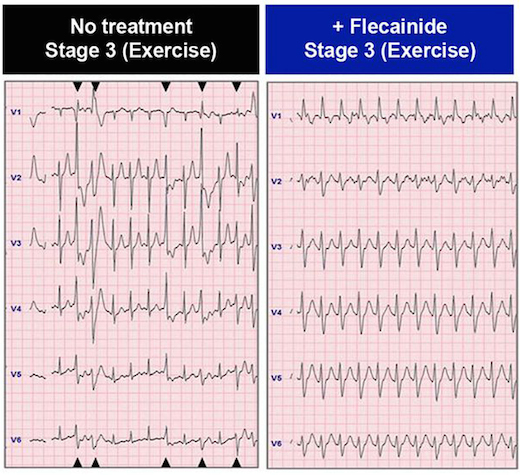The big news from the American College of Cardiology meeting today is about PCSK9 inhibitors, which were known to be effective at lowering LDL cholesterol, and how much they really prevent heart attacks and save lives.
Lab Land went looking off the beaten path for individual stories of Emory cardiologists saving lives and was pleased to find several. We highlight here three remarkable case reports that are being presented at the ACC meeting. We look forward to learning more about these cases.
Electrical storm is life threatening and refers to a recurrent arrhythmia. The arrhythmia did not respond to drug treatment, so anesthesiologists were brought in to perform left stellate ganglion block, an injection of medication into a nerve bundle in the neck, allowing diagnosis and further treatment. It turns out the arrhythmia was caused by sarcoidosis, a rare intrusion of immune cells into the heart. [Saturday morning: Michael Lloyd, Boris Spektor]
Hormone-producing tumor + cardiomyopathy
A 30-year old woman came to doctors with drastically impaired heart function, although she did not have a blockage of her coronary arteries or signs of damage to the heart muscle. Doctors discovered a tumor near her spine that was producing heart-distorting hormones such as epinephrine. She underwent surgery to remove the tumor. [Saturday afternoon: Stamatios Lerakis]
Giving birth unveils birth defects
Ten days after giving birth, a woman came to a hospital with chest pain. Upon cardiac catheterization, a rearrangement of her coronary arteries was discovered. It appears that the congenital defect had gone undetected until the stress of giving birth. Under medical treatment, she is asymptomatic, but she will need future monitoring and possibly a procedure to correct the artery problems. [Sunday morning: Camden Hebson]





